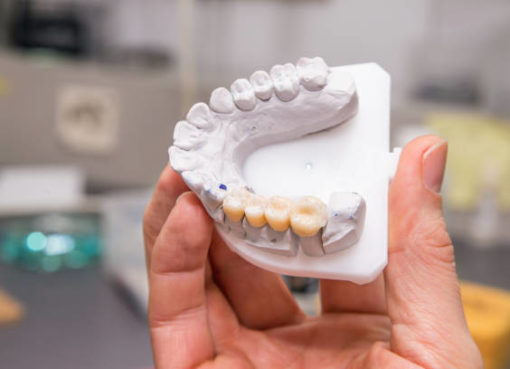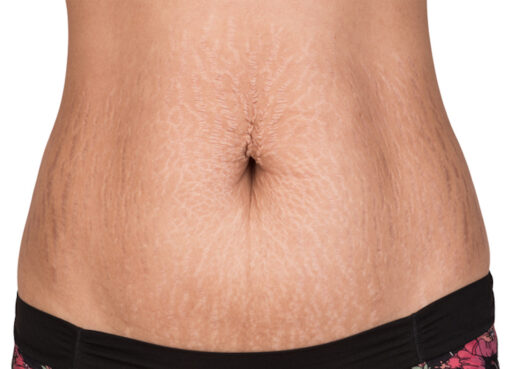Many parents wonder if children with baby teeth must have fillings when they have a cavity. The reasoning of the parents is: if the tooth still has to fall out, why not wait for it to fall out instead of paying for the dentist to remove the cavities. What they do not take into account is that baby teeth play a fundamental role during the entire time they are in the mouth and that it is essential to keep them healthy until they are naturally replaced by permanent teeth.
Caries in baby teeth: is it worth filling them?
Although we all know the fate of baby teeth, they are very important. When they are healthy, they help our children to eat all kinds of foods and even to talk. In addition, they serve as guides for the permanent teeth, keeping them in the ideal space where they have to erupt and facilitating the correct occlusion of the permanent dentition. On the other hand, if they become infected, on the other hand, they can damage the permanent teeth that are developing under them and can even cause the infection to escape in other parts of the body, leading to brain infections in remote cases.
Having understood the importance of baby teeth, let’s talk about whether they require filling or not.
Should baby teeth with cavities be filled?
When we think about the decision to fill a baby’s tooth, we must consider a couple of important things: how much the child will use the tooth in question and how big the cavities are.
For starters, let’s talk about how the child still has to use the infected tooth. A decayed tooth in a 6-year-old is a problem, while a decay in a tooth that is about to fall out and is, in fact, already moving, is not. In case we see that the tooth has a loose root and will fall out soon, likely, your child does not need any type of filling in it.
Second, we must take into account the size of the cavity. Although dentists recommend treating cavities when they are small, sometimes tiny cavities can heal on their own with a little help. This is thanks to the remineralization process, which can only be completely completed when the infection is minimal and the enamel has not yet been worn away. Fluoride, a substance that strengthens enamel and protects it from the elements that damage it, is often used to help this procedure.
If the cavity is small and just starting, it may be able to repair itself with this procedure. Of course, this repair will not occur if the child does not maintain good oral hygiene and a diet with low sugar content.
Conclusion
When considering the use of a filling in a baby tooth, it is important to think about the time of life that the tooth has left and to look at the size of the decay. If the tooth is about to fall out, a filling may not be necessary. Whereas if the part is still to function for a couple of years, a filling will be a good decision.
In any case, this decision is usually recommended by the dentist to the parents based on the situation of each child since it is he who is best prepared to make it.




